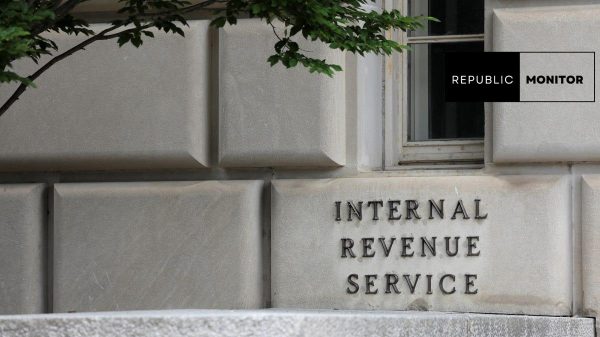Kansas, like any state, has its share of neighborhoods facing challenges, and one such area is Marlborough East in Kansas City, Kansas. Recognized as the most dangerous neighborhood in the state, Marlborough East grapples with a complex set of issues contributing to its high crime rates. Understanding the factors at play sheds light on the broader challenges faced by communities dealing with crime and socio-economic disparities.
High Crime Rates in Marlborough East: A Statistical Overview
Marlborough East stands out with a violent crime rate of 5,457 per 100,000 people, more than five times the national average. The property crime rate is also alarmingly high, reaching 12,380 per 100,000 people. These statistics underscore the urgent need for addressing the root causes of crime in this neighborhood.
Key Factors Contributing to High Crime Rates:
- Poverty: Marlborough East is characterized by low-income households, with a median income of just $25,000—less than half of the median income for Kansas City as a whole. Poverty often correlates with increased crime rates, as individuals face economic challenges that may lead to desperate measures for survival.
- Unemployment: The neighborhood grapples with a staggering unemployment rate of 15%, more than double the citywide rate. Limited economic opportunities create an environment where illegal activities may become an alternative for those struggling to secure stable employment.
- Gangs: Marlborough East has gained notoriety for hosting various gangs involved in illicit activities such as drug trafficking, violence, and property crimes. The presence of these gangs exacerbates the overall crime landscape in the neighborhood.
- Lack of Resources: Years of neglect and a history of segregation have resulted in a lack of investment and limited resources available to Marlborough East residents. The scarcity of resources makes it challenging for individuals to break the cycle of poverty and crime.
Community Initiatives and Hope for Change:
Despite the daunting challenges, there are signs of resilience and hope within Marlborough East. Several community organizations are actively working to improve conditions, and recent investments in the area suggest a growing commitment to positive change.
Addressing the issues in Marlborough East requires a multi-faceted approach, including targeted efforts to reduce poverty, increase employment opportunities, and dismantle the structures that perpetuate the cycle of crime. Moreover, fostering community engagement and empowering residents to actively participate in the revitalization of their neighborhood is crucial for sustainable transformation.
In conclusion, understanding the intricate factors contributing to the high crime rates in Marlborough East provides a foundation for developing effective strategies to address these challenges. By working collaboratively, residents, community organizations, and policymakers can strive towards creating a safer, more vibrant Marlborough East for current and future generations.
















